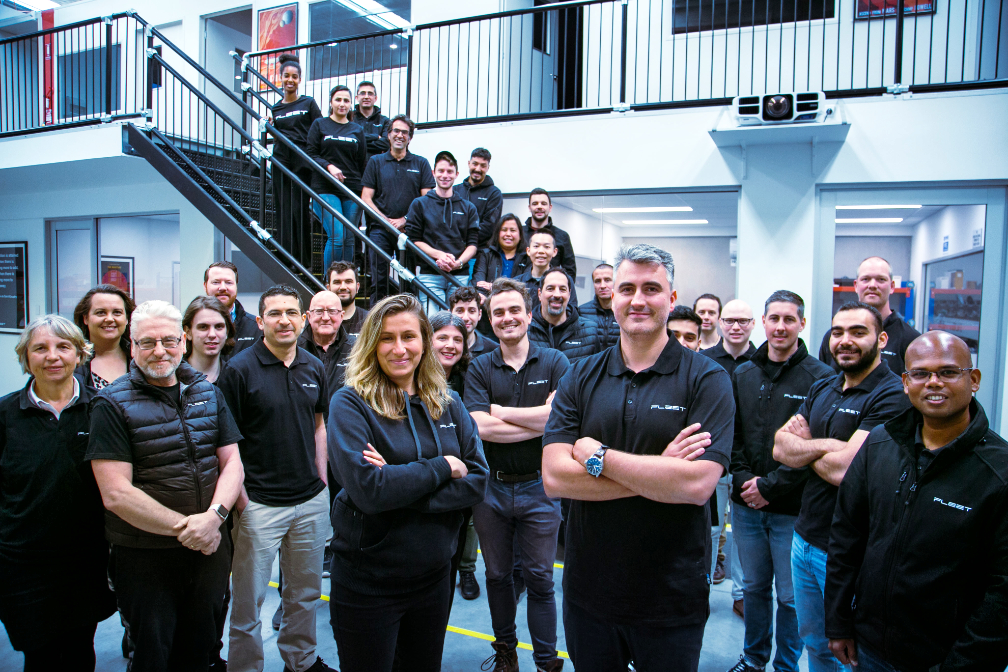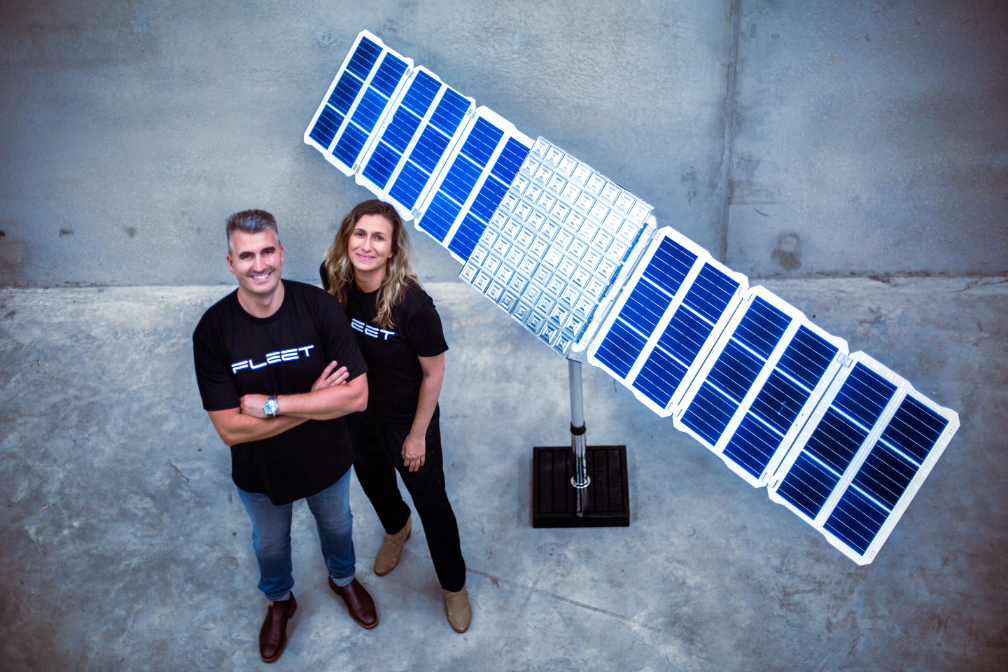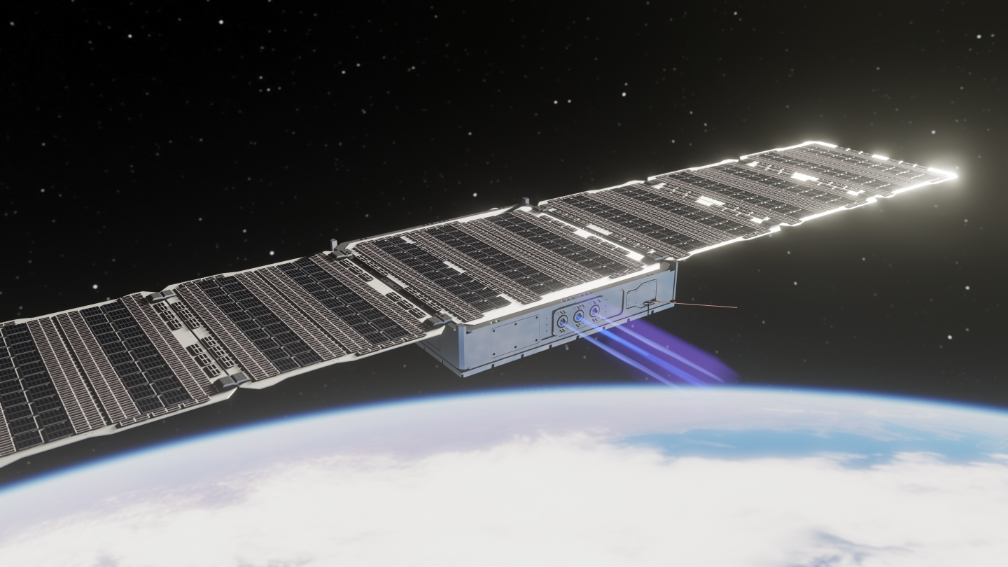
Fleet Space Technologies has announced their future strategy, led by the development of a new constellation of 3D-printed smallsats named Alpha, with the first satellites ready for launch in 12 months. This constellation will reside alongside the existing Centauri constellation. Fleet Space will be able to expand its coverage reach and provide down to sub-second latency, providing an extremely cost-effective means to unlock unprecedented connectivity more quickly and in more locations, however remote.
The Alpha constellation represents a fundamental shift for Fleet Space. Empowered by a recent $26.4 million Series B investment, the startup has expanded the scope of its dedicated R&D arm to create the Alpha smallsat. The creation of the world’s first entirely 3D printed satellite, integrates Fleet’s advanced beamforming technology and patented antennas.

The existing Centauri constellation is among the world’s most advanced space communications systems. Like Alpha, Fleet Space’s latest Centauri 4 smallsat, developed in collaboration with Tyvak, has been integrated with Fleet Space’s breakthrough, smallsat digital beamforming technology that uses an array of multiple 3D printed, all-metal antennas, along with cutting edge Digital Signal Processing.
This beamforming technology provides a substantial increase in throughput of customer IoT data and can service a higher number of customer terminals at once. It does this by generating a high number of highly-directional, low-interfering beams in point-to-point satellite communications. This achieves a high spectral efficiency that improves quality of service through enhanced frequency re-use, faster data rates and more link robustness. Integrating this digital beamforming into a LEO smallsat, not much larger than a half a square meter, is a world first.

Fleet has a clear track record in advanced manufacturing methods, such as 3D printing. This includes a world-first in metal ,3D-printing patch antennas for smallsats. This proves the company’s approach and the robustness of the technology for much wider use. Indeed, Alpha satellites will have up to 64 of these antennas on board, versus only 4 in the Centauri 4. This represents a 16-fold increase in performance while being only four times heavier.

Fleet Space will ensure the continuity of the Centauri constellation in collaboration with Tyvak International and the launch will occur by the close of 2022. This will ensure service continuity and an increased level of service for all Fleet customers, creating a complimentary constellation that further increases its connectivity speed and reach.
The additional scope of Fleet Space Technologies will arrive at a key moment in the satellite communications industry. Built and deployed over the last 50 years, this market is expected to double in the next seven years, driven by less expensive access to orbit and a combination of new technologies. Matched with predictions by The International Data Corporation that there will be more than 14 billion connected devices by 2025, the demand for global coverage of high speed, low latency connectivity will become unprecedented.
The deployment of Fleet Space’s smallsat Alpha constellation will service this crucial sector by providing limitless connectivity and will add data driven applications. Working alongside its existing smallsat Centauri constellation, it will unlock new markets with continuous coverage, a high data rate of up to 520 kbps and tailored frequency bands servicing current and future generations of IoT devices.

The pace and depth of Fleet Space’s advancements is a clear demonstration of Australia’s position as a global center of excellence for space technology. Supported by the Australian federal government ambition’s to grow the size of the Australian space economy to $12 billion by 2030 and create an additional 20,000 jobs in the field, Australia already boasts launch facilities, commercial rocket launches and a burgeoning space-centric software industry, positioning the nation as a capable, strategic and globally-engaged leader in the field.

Alongside Fleet Space’s advanced smallsats, homegrown Australian technology is also supporting the wider space industry. Fleet Space is leading the Seven Sisters’ Australian space industry consortium in support of NASA’s Artemis program to land the first woman and next man on the Moon by 2024 and create a sustainable human presence for later crewed Martian exploration. Commencing in 2023, the Seven Sisters missions are designed to find accessible water and other resources on the Moon and Mars.
“Our continuing collaboration with Fleet Space represents a landmark technical partnership in the development of connectivity IoT. We are proud to globally empower this rapidly growing company through the co-development and continuing improvement of the established Fleet’s Constellation,” said Marco Villa, Tyvak International, a Terran Orbital Corporation company.
